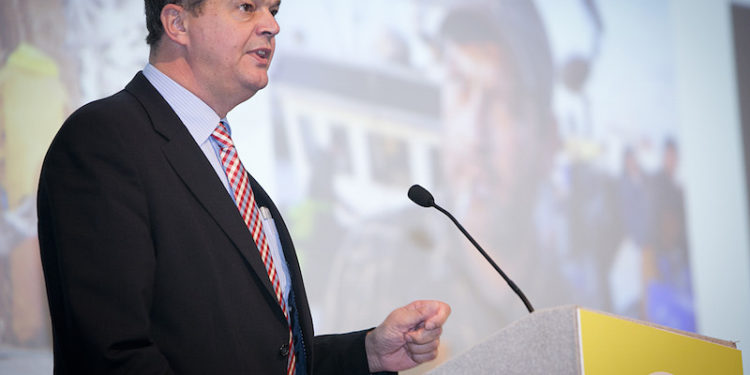The debate over the Landing Obligation boils down to the livelihoods of fishermen and their families, said Pim Visser, who represents Dutch fishermen’s organisation VisNed and the European Association of FPOs (EAPO).
He commented that instead of the EAPO proposals for an optimal distribution of quotas, development of selective gears and incentives to stimulate technical and management innovation, the result was the discard ban, which he described as a gamble that has cost hundreds of millions of Euros.
‘We can say this this was a good idea in theory, but it’s a gamble with unproven techniques, an unrealistic time schedule and the politics around all this is full of hindsight wisdom. So where are we now and where are we heading?’ he asked, answering his own question by stating that good legislation needs to be do-able, it has to be something that can be complied with and it needs to be enforceable – and the Landing Obligation is none of these things.
‘The coastal fishing vessels and the langoustine boats are going to be losing money, and while the bigger trawlers can expect to remain profitable, there will still be huge reductions in their profitability, leaving nothing for future investment,’ he said.
‘This is at a time when discards are already down as the fleet has been severely reduced, and plaice stocks are stronger than they have been since ICES started measuring them in 1957.’
‘This has been a political choice driven by societal pressure. The discard ban is here, and the problems we have in 2016 are the tip of the iceberg. In 2019 we will see the real problems,’ Pim Visser said. ‘It’s too much, too fast. The discard ban has been a thirty-year process in Norway and they are still not there yet, while we are expected to achieve this in four years.’









